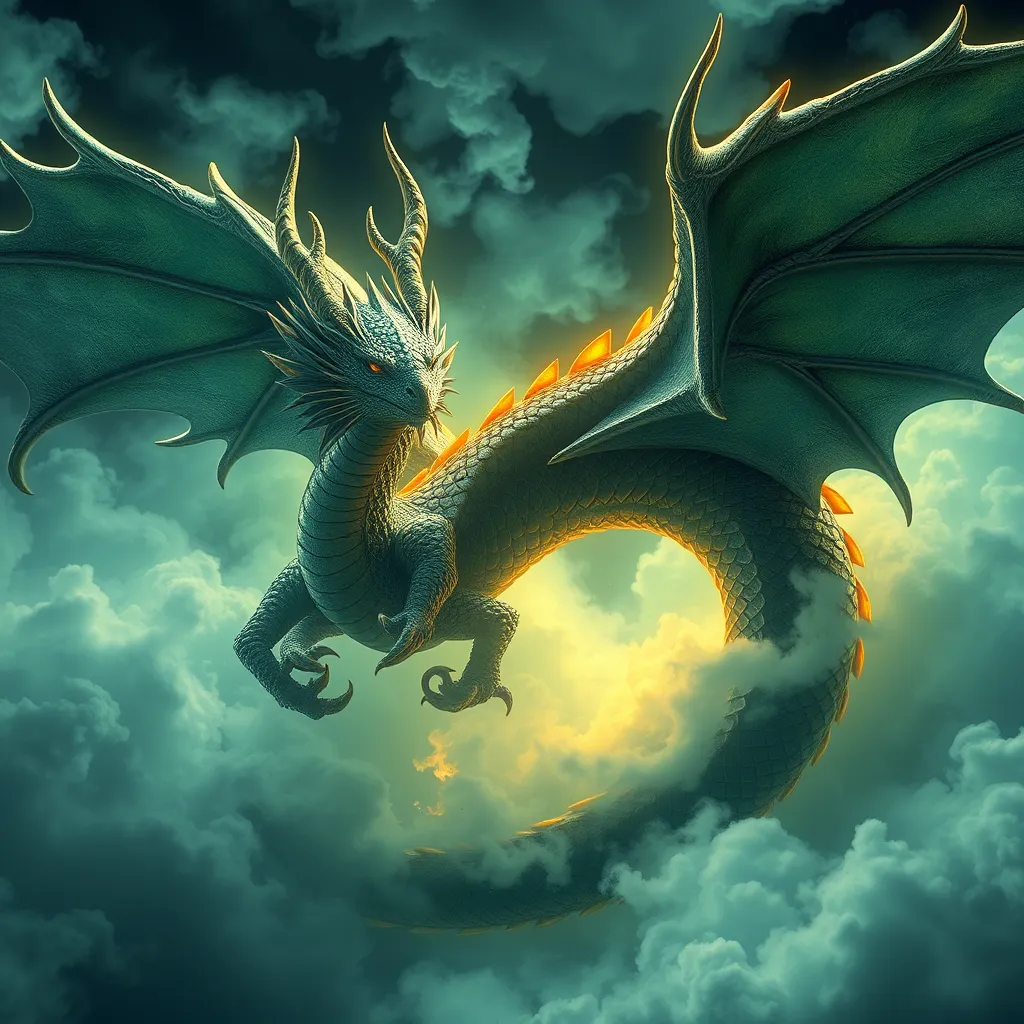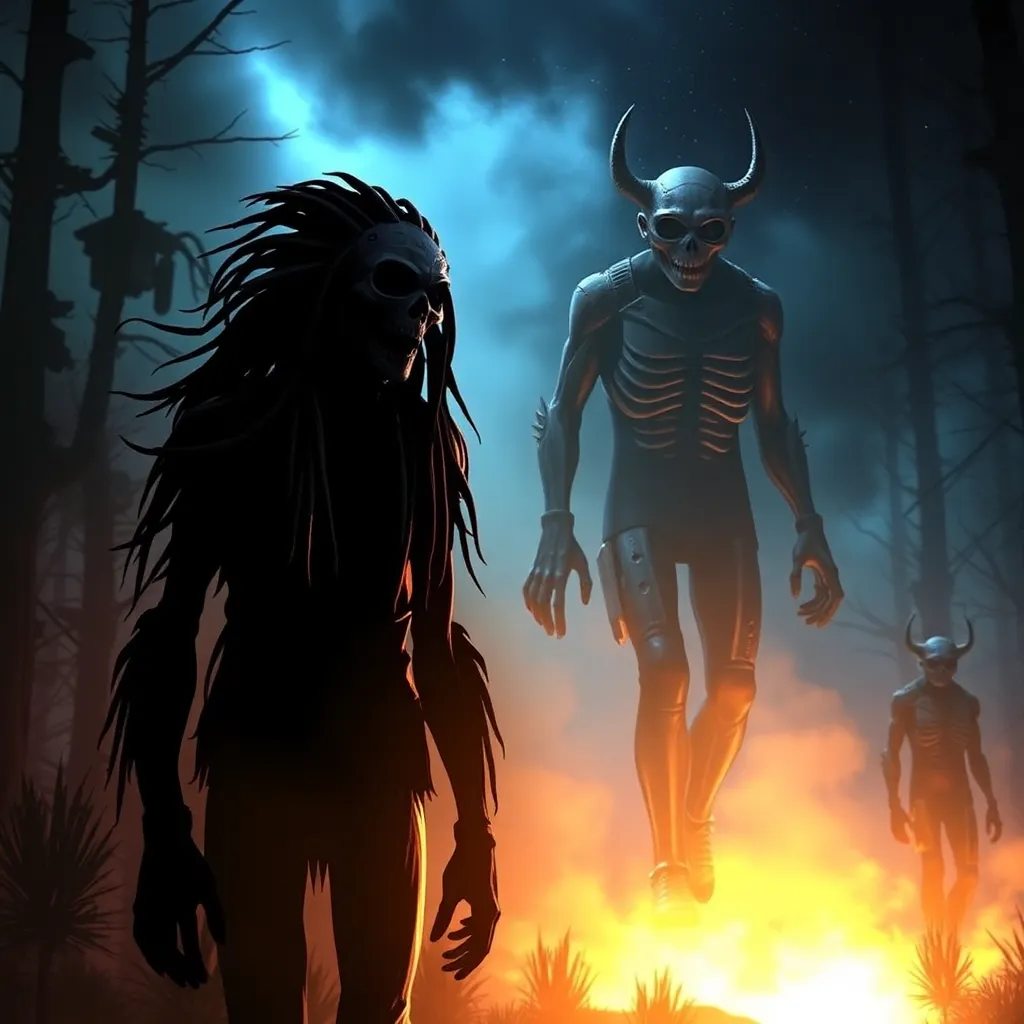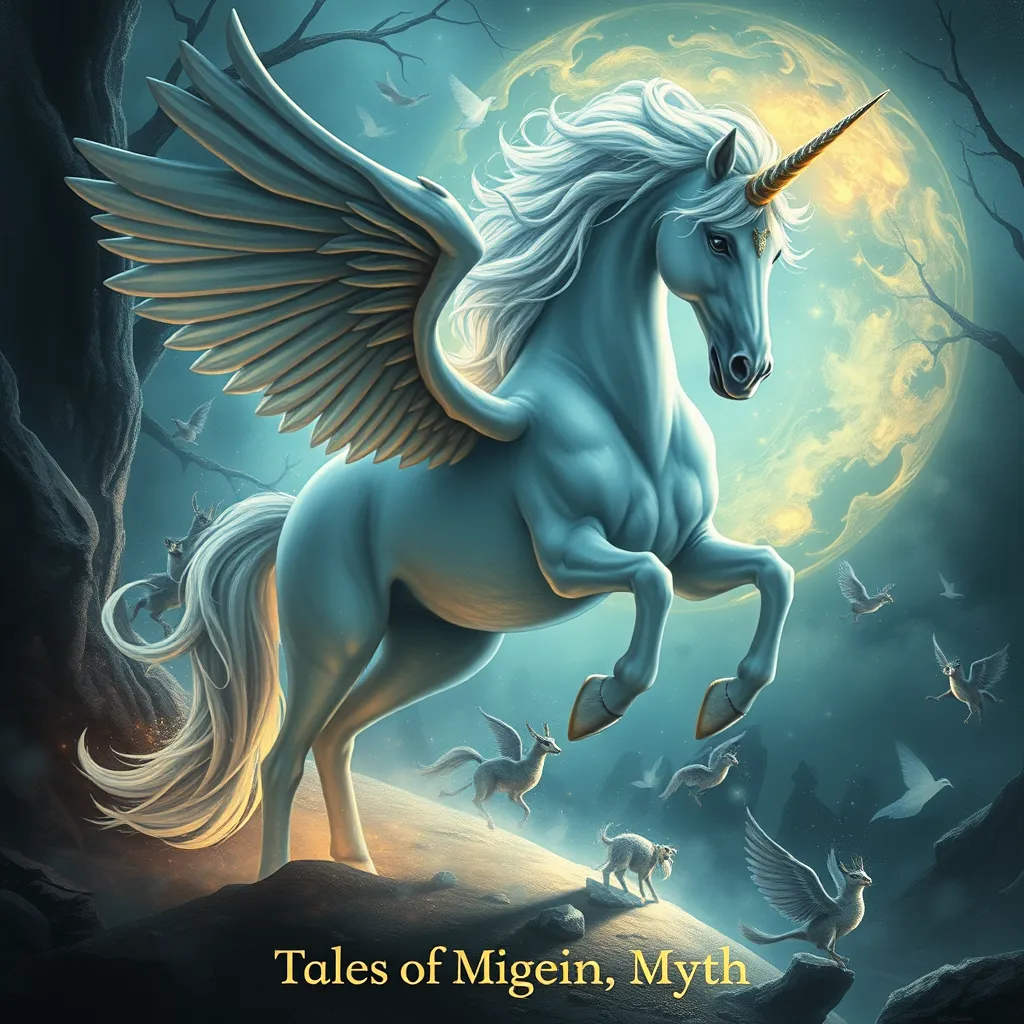The Dragon’s Paradox: Exploring the Contradictions and Complexities Found in Dragon Mythology
I. Introduction to Dragon Mythology
Dragons have captivated human imagination for centuries, emerging as powerful symbols across various cultures around the world. These mythical creatures, often depicted as large, serpent-like beings, hold profound significance in folklore and mythology. From the wisdom they embody to the destruction they can unleash, dragons are a paradox of benevolence and malevolence.
This article explores the complexities of dragon mythology, delving into the contradictions that define these legendary beings. By examining their dual nature, cultural variations, roles in creation and destruction, psychological interpretations, influence on literature and popular culture, and their connection to environmental issues, we aim to uncover the multifaceted symbolism of dragons.
At the heart of our exploration lies the concept of paradox: how a single creature can embody both protection and peril, wisdom and chaos, creation and destruction.
II. The Dual Nature of Dragons: Benevolent vs. Malevolent
Dragons are often portrayed in two opposing lights, embodying both benevolent and malevolent traits. This duality raises intriguing questions about their roles in mythology.
A. Dragons as guardians and symbols of wisdom
In many cultures, dragons are revered as wise guardians of treasure, knowledge, and the natural world. They are seen as protectors of sacred spaces, often depicted as benevolent beings who bestow wisdom upon those deemed worthy. For example:
- In Chinese mythology, the dragon is a symbol of power, strength, and good fortune, often associated with water and agriculture.
- In some Native American cultures, dragons are viewed as protectors of the earth, embodying the spirit of nature.
B. The fearsome image of dragons as destroyers
Conversely, dragons also manifest as terrifying beasts, wreaking havoc and destruction. These fearsome beings are often depicted in epic battles against heroes, symbolizing chaos and the darker aspects of nature. Notable examples include:
- In Western mythology, dragons are frequently portrayed as villains, hoarding gold and terrorizing villages.
- In the Bible, the dragon represents evil and chaos, as seen in the Book of Revelation.
C. Case studies: Eastern vs. Western dragon representations
The stark contrast between Eastern and Western dragons highlights their dual nature. Eastern dragons are generally seen as benevolent, associated with rain and rivers, while Western dragons are often malevolent, embodying greed and destruction.
III. Cultural Variations: The Evolution of Dragon Archetypes
Dragons have evolved significantly in their representations across cultures, reflecting the values and beliefs of the societies that created them.
A. Dragons in Eastern cultures: Emblems of power and prosperity
In Eastern cultures, dragons are associated with positive attributes. They are often seen as symbols of imperial authority and prosperity:
- Chinese dragons are celebrated during festivals, symbolizing good fortune and power.
- Japanese dragons are linked to water and are believed to control rainfall, making them crucial for agriculture.
B. Dragons in Western folklore: Creatures of chaos and danger
In contrast, Western dragons are often depicted as fearsome adversaries that must be defeated:
- In medieval European stories, dragons often guard treasures and are slain by knights in heroic quests.
- Literature such as “Beowulf” portrays dragons as embodiments of greed and destruction.
C. Comparative analysis of dragon myths across different societies
This comparative lens reveals the shifting roles of dragons in mythology, from revered beings to feared monsters, illustrating how cultural context shapes their archetypes.
IV. The Role of Dragons in Creation and Destruction
Dragons play significant roles in both the creation and destruction narratives within various mythologies.
A. Dragons as creators in mythological narratives
In some myths, dragons are associated with creation, acting as agents that shape the world:
- In Hindu mythology, the cosmic serpent Ananta is believed to support the universe.
- In various creation myths, dragons are involved in the formation of land and seas.
B. Destruction myths involving dragons and their implications
Conversely, many myths also depict dragons as forces of destruction, often representing chaotic elements that threaten creation:
- The Norse dragon Nidhogg gnaws at the roots of Yggdrasil, symbolizing decay and destruction.
- In Christian lore, dragons often represent sin and chaos, needing to be vanquished for order to be restored.
C. The cyclical nature of creation and destruction in dragon lore
This cyclical relationship between creation and destruction illustrates the balance of life, where dragons embody the forces that both build and break down the world.
V. Dragons and Human Psyche: Symbolism and Interpretation
Dragons also resonate deeply within the human psyche, representing complex emotions and inner conflicts.
A. Psychological interpretations of dragons as archetypes
Dragons can be seen as archetypes that reflect our deepest fears and desires:
- They symbolize the struggle between good and evil within ourselves.
- They represent the challenges we face in overcoming our personal demons.
B. The dragon as a representation of inner conflict and fear
Dragons often symbolize the fears we must confront in our lives, embodying the daunting challenges we face:
- The fear of the unknown, represented by the dragon’s unpredictable nature.
- Personal struggles, depicted through the heroic battles against dragon foes.
C. The dragon as a symbol of transformation and personal growth
Conversely, dragons can also represent transformation, reflecting the potential for personal growth:
- In many myths, defeating a dragon leads to a hero’s transformation and enlightenment.
- The dragon’s shedding of its skin symbolizes renewal and rebirth.
VI. The Influence of Dragons on Literature and Popular Culture
Dragons have left an indelible mark on literature and popular culture, evolving alongside societal changes.
A. Dragons in ancient texts and their evolution
From ancient epics to modern novels, dragons have been prominent figures in storytelling:
- In Mesopotamian mythology, the dragon Tiamat represents chaos and the primordial sea.
- Greek mythology features dragons as guardians of treasures, like the dragon that guarded the Golden Fleece.
B. Modern representations in literature, film, and gaming
Today, dragons continue to fascinate audiences in various media:
- In J.R.R. Tolkien’s “The Hobbit,” the dragon Smaug symbolizes greed and tyranny.
- Film franchises like “How to Train Your Dragon” portray dragons as friendly companions, reversing traditional narratives.
C. The impact of dragons on contemporary fantasy genres
Dragons have become a staple of the fantasy genre, inspiring countless authors and creators, shaping narratives that explore their complexity.
VII. The Environmental Paradox: Dragons as Nature’s Guardians and Threats
Dragons also embody an environmental paradox, representing both guardianship and destruction in relation to nature.
A. Dragons in myths as protectors of nature
In many cultures, dragons are seen as protectors of the natural world:
- Chinese dragons are believed to control rain and water, vital for agriculture.
- In some Native American traditions, dragons represent the spirit of the earth, advocating for balance and harmony.
B. The destructive potential of dragons in folklore
Conversely, dragons are also depicted as agents of destruction, representing natural disasters and chaos:
- Volcanic dragons may symbolize eruptions and the destructive force of nature.
- Flooding dragons embody the wrath of nature, showcasing the balance of creation and destruction.
C. The relevance of dragon myths to contemporary environmental issues



